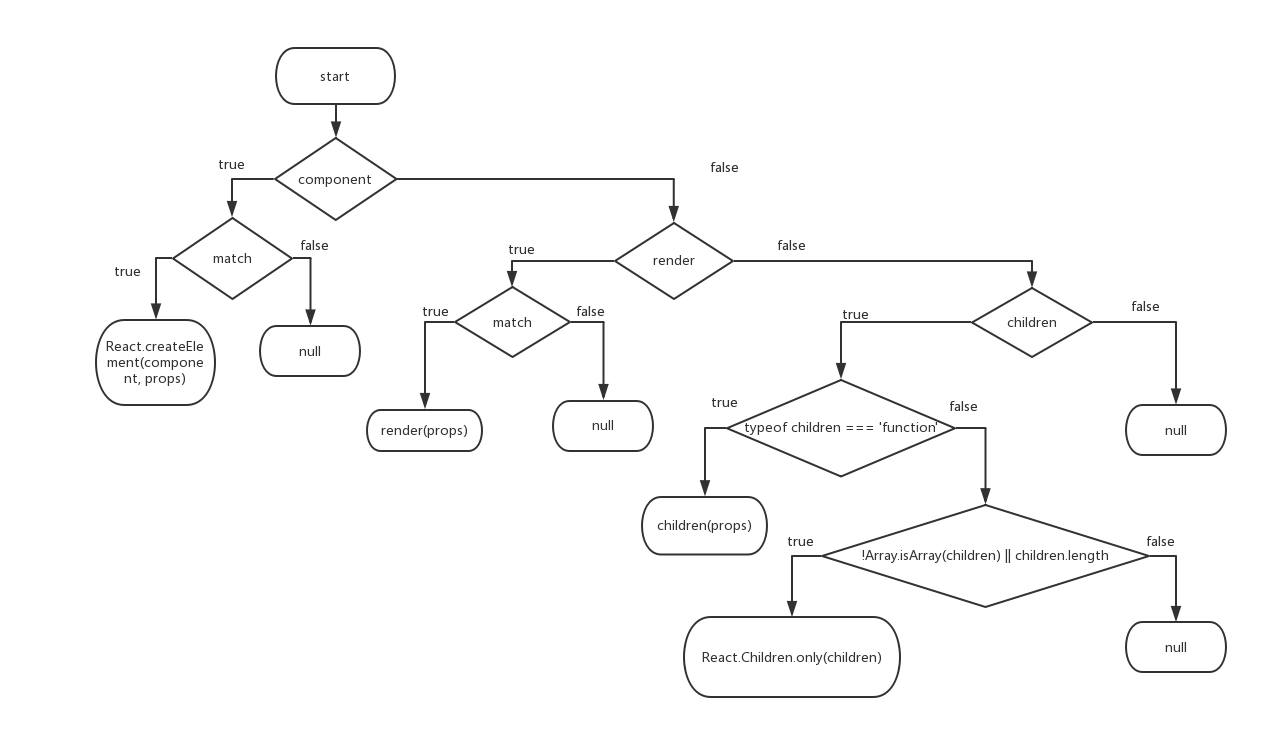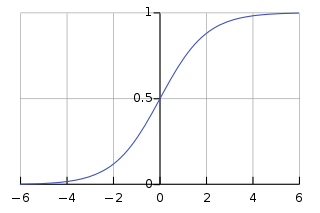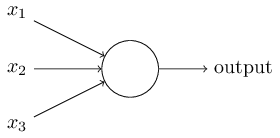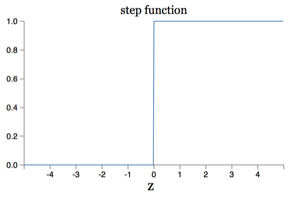机器学习第一步是特征选择
react-router源码分析
版本是master
示例
|
|
Router本身是一个react组件,这点也可以从源码中看出来
源码
Router Component
history用于取location,
state的match存储了一个有关当前pathname的对象,Router的children是Route,用于存储要渲染的Component,判断该Component是否渲染是在Route内判断的
Route Component
Route用于匹配一个路径并渲染Component
|
|
matchPath匹配路径
1、path-to-regexp把路径path转换成正则对象,并存储
2、正则匹配
其它
Prompt:用于页面跳转时的提示
Redirect:在组件内跳转location
StaticRouter:用于服务器端渲染
内存管理速成
机器学习-参数求解的三种方法
机器学习参数求解最常用的三种方法:最小二乘法,梯度下降法,最速牛顿法。
最小二乘法
用偏差平方和最小的原则拟合曲线,最小二乘法。
y=a0+a1x+...+akxk
假设多项式为
y=a0+a1x+...+akxk
求偏差平方和,即各已知点(xi,yi)到这条曲线的距离之和
R2=∑ni=1[yi−(a0+a1x1+...+akxik)]2
我们的目的是R2最小,对ai求偏导得
−2∑ni=1[y−(a0+a1x1+...+akxik)]
TensorBoard可视化学习
TensorBoard可视化是通过读取TensorFlow的事件文件来工作。TensorFlow 的事件文件包括了你会在 TensorFlow 运行中涉及到的主要数据。
创建TensorFlow图,选择节点输出数据
执行操作,汇总数据
合并操作
使用TensorFlow的softmax回归识别手写数字图片
MNIST数据集
数据集中每个数据单元由一张图片和一个对应标签组成。图片包含28*28个像素点
每个像素点的值介于0-1之间,
Softmax回归
Softmax回归是Logistic回归的推广,Logistic回归用于处理二分类问题,Softmax回归可以处理多分类问题。
Logistic函数(或称为Sigmoid函数)
g(z)=1+e−z1
线性函数
θ0+θ1x1+...+θnxn=∑i=0nθixi=θTx
代入g(z)
hθ(x)=g(θTx)=1+e−θTx1
可推导
P(y=1∣x;θ)=hθ(x)
P(y=0∣x;θ)=1−hθ(x)
使用最大似然估计进行参数估计,假设所有样本独立同分布,
P(y∣x;θ)=(hθ(x))y(1−hθ(x))1−y
似然函数
L(θ)=∏i=1mP(y(i)∣x(i);θ)=∏i=1m(hθ(x(i)))y(i)(1−hθ(x(i)))1−y(i)
对数似然函数
l(θ)=logL(θ)=∑i=1m((y(i))log(hθ(x(i)))+(1−y(i))log(1−hθ(x(i))))
最大似然估计是求l(θ)取最大值时的θ。可以使用梯度下降法求。
图片分类需要识别0-9,使用Softmax回归取得每个数字的概率。
p(y=0∣x)=1+e(wTx+b)1
神经网络基础
DNN,Deep Neural Networks,深度神经网络
对于人工智能的实现分为两派:一派是自顶向下通过逻辑和符号推导实现,另一类是自底向上通过模拟大脑中的神经网络实现。神经网络是第二派的实现。
神经网络由若干神经元组成
神经元

输入:x1,x2,…xn
权重:w1,w2,…wn
组合函数:c
激活函数:a
偏移:b
输出:y
感知机
神经元最早的起源于上世纪50-60年代,Frank Rosenblatt发明了一种叫感知机的神经元。感知机的输入输出是二进制0或1。
sigmoid神经元
在使用感知机构建神经网络时,神经元权重和偏移发生很小变化都可能导致输出的剧烈变化。所以引入了sigmoid神经元。sigmoid神经元的输入输出是浮点值。
感知机
sigmoid神经元
sigmoid神经元相当于平滑的感知机,意味着当权重和偏移变化时,输出按预期小幅度变化。
神经网络的结构
输入层–>隐层–>输出层
隐层的设计需要考虑层数和时间的平衡。
使用tf.contrib.learn快速搭建DNN识别鸢尾花
tf.contrib.learn是TensorFlow提供高级API。下面是使用DNN预测鸢尾花卉数据集的例子。
先分析下鸢尾花卉数据集,0/1/2分别代表Setosa,versicolor,virginica三个种类的花
| Sepal.Length(花萼长度) | Sepal.Width(花萼宽度) | Petal.Length(花瓣长度) | Petal.Width(花瓣宽度) | 种类 |
|---|---|---|---|---|
| 7.9 | 3.8 | 6.4 | 2.0 | 0/1/2 |
1、载入数据
2、构造神经网络分类器
3、利用训练数据拟合模型
4、评估模型的精确性
5、新的样本分类
|
|
输出
TensorFlow基础使用
基础使用
TensorFlow几个要点
1、使用图graph来代表计算
2、在Sessions环境中执行图
3、使用tensors代表数据
4、使用Variables变量维护状态
5、使用feeds和fetches获取或写入操作
图的使用
构建下图
构建图
|
|
启动图
|
|
Sessions自动释放资源
在Python解释器中使用
在解释器中可以使用InteractiveSession class, Tensor.eval() ,Operation.run(),避免使用变量保存session
Tensors
TensorFlow使用tensor数据结构表示所有数据,在不同操作之间只能传入tensor数据。tensor类似N维数组,一个tensor包括一个数据类型,一个rank(阶,张量的维数)和一个shape(形状,张量的维度)
| 阶 | 形状 | 维数 | 实例 |
|---|---|---|---|
| 0 | [] | 0-D | 纯量 s = 483 |
| 1 | [D0] | 1-D | 向量 v = [1.1, 2.2, 3.3] |
| 2 | [D0,D1] | 2-D | 矩阵 m = [[1, 2, 3], [4, 5, 6], [7, 8, 9]] |
| 3 | [D0,D1,D2] | 3-D | 3阶张量 t = [[[2], [4], [6]], [[8], [10], [12]], [[14], [16], [18]]] |
| n | [D0,…Dn] | 4-D | n阶 |
变量
变量存储图的状态
sess.run(init_op)之前并没有执行任何操作,所以state为0。sess.run(update)执行操作才会更新state值。
Fetches
用于取出操作的结果。尽量在一次操作运行中取出多个tensor,提高效率。
Feeds
用于临时保存tensor值,调用方法结束后,feed消失
TensorFlow入门
一个使用梯度下降实现线性回归的例子
|
|
终端输出:
TensorFlow的几个概念
Session:用于执行graph的上下文环境
Graph:计算任务,由许多节点组成
节点:代表不同的操作,被分配到cpu或gpu执行
Variable:变量
TensorFlow分两个阶段,构建阶段和执行阶段
梯度下降
先随机对W赋值,然后改变W的值,使loss按梯度下降的方向进行减少